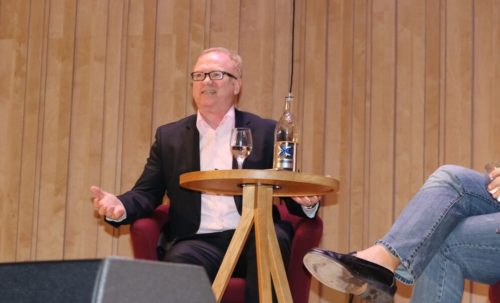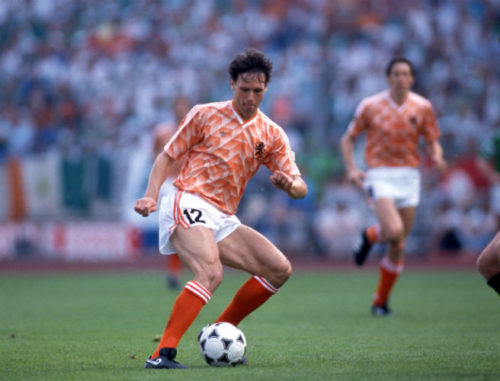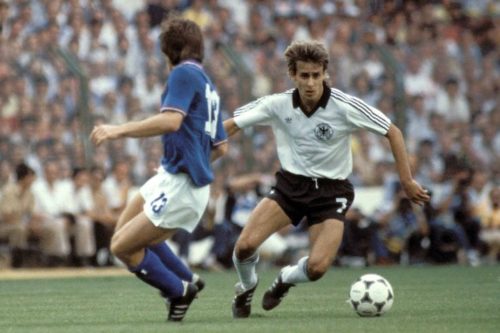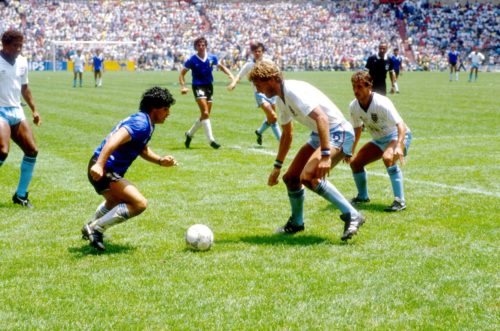ANDRES Iniesta. A truly remarkable footballer; talented; brave; a winner of multiple league titles and cup competitions with Barcelona; a four-time Champions League winner; a two-time European champion and scorer of the goal which took the World Cup to Spain for the first time. He is considered to be the best player his country has ever produced – a title which has been bestowed on the midfielder by Xavi, himself an all-time great for La Roja.
But, aye, could Iniesta do it on a wet night in Dunfermline?
In Part Two of my Big Interview with Alex McLeish – which was recorded live at the Aye Write book festival in Glasgow – the former Rangers manager reveals just how close we all came to finding out. It seems incredible to imagine a player with the Spaniard’s superlative skill stepping out for Rangers at the likes of East End Park, Almondvale, or, indeed, the daunting fortress of Pittodrie, but things were very different in 2004.
Frank Rijkaard, the head coach at FC Barcelona at the time, was obliged to reveal his vision for the Catalan side and had been inspired by the success of Chelsea under Jose Mourinho; a team of brawny athletes, as well as skilled footballers. The diminutive Iniesta, still just a teenager, did not appear to fit that mould.
Mikel Arteta had also established a precedent when he swapped the Camp Nou for Ibrox in 2002 after struggling to break into the Barca first team.
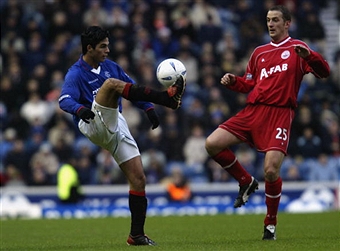
Alex was able to contact the La Liga side’s coaching team directly too, since Rangers assistant Jan Wouters was friendly with Henk ten Cate, Rijkaard’s right-hand man at the Camp Nou. The initial conversation between the Dutchmen confirmed that a loan deal for Iniesta was possible, and that the midfielder could be sent to Rangers for the impending campaign.
“Rangers were downsizing and I needed players of quality, who could take the ball in midfield,” Alex says in the podcast. “Barry [Ferguson] had gone down to Blackburn, so we had lost someone who would have taken the ball in any stadium in the world and we needed players like that again.
“Jan Wouters phoned Henk ten Cate, who was Rijkaard’s assistant at Barcelona. Jan asked if there was anybody we could get and was told about a young kid called Iniesta. He was only 18 at the time. We asked if we could bring him to Scotland and were told that they would try and make some hay at Barcelona and get him over to us. They said Iniesta needed to get some action.”
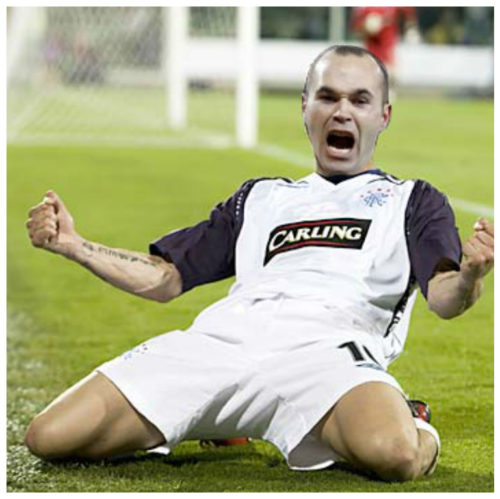
Alex was not aware of it at the time, but his interest in Iniesta had not gone unnoticed in the Barcelona board room – with directors challenging Rijkaard about his willingness to allow such a talented player to leave. “I didn’t realise I had caused a shit storm in Barcelona!” Alex says.
And yet it was Iniesta who settled his fate 13 years ago; an enthralling performance in a pre-season friendly with Juventus convincing Rijkaard to keep a hold of the little Spaniard, pulling him into the Barcelona first-team squad and out of the reach of Rangers.
“The Monday after Jan had made the call, Iniesta was moved into the first team,” Alex says of a player who has since made over 400 appearances for Barcelona and captains the side currently. “When Henk ten Cate got back to us, we asked about Iniesta and were told: ‘He’s in the first team squad now’.”
One suspects that the Spaniard would have been a sensation in Scottish football, had the proposed loan gone ahead. That goes for Lionel Messi, too – with Alex also enquiring about bringing the peerless Argentine to Glasgow in 2004. He had been made aware of the Barca prodigy by his young sons, who delivered scouting reports after unearthing Messi while playing Football Manager.
“Jon and Jamie were into the game and they kept coming to me with names from South America. They said this guy Lionel Messi was going to be the best player in the world – [Messi] was maybe 13 or 14 at the time,” Alex says. “We asked about bringing Messi to Rangers on loan [in 2004] and were told flatly: ‘No chance. Absolutely, no chance’.”

